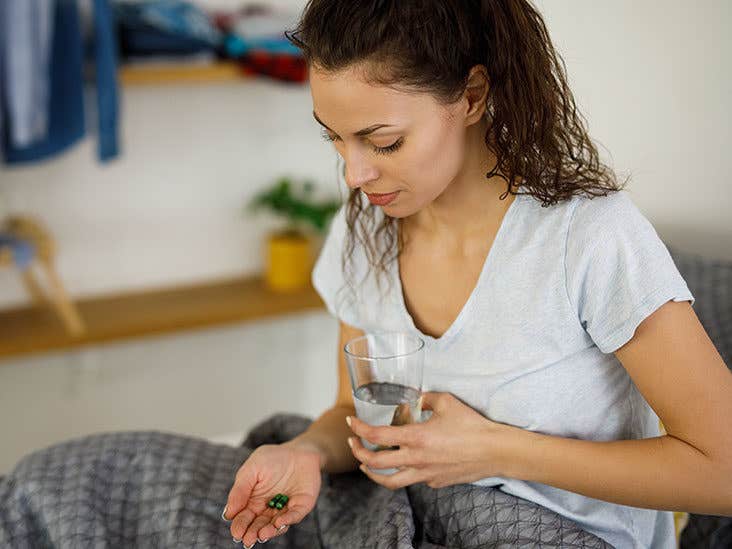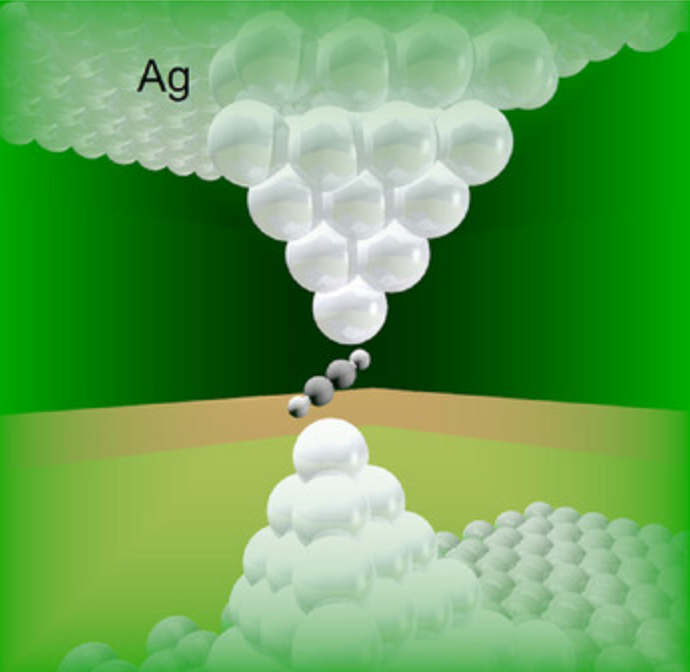Lifechanging pill can both control and reverse Type 1 Diabetes, Yale researchers find
Pill controls immediate blood glucose levels, restores pancreatic function, and re-establishes normal immunity in the pancreatic environment

[May 31, 2023: Tarek Fahmy, Yale Biomedical Engineering]
Because it can be taken orally, it’s much simpler for the patient to stay compliant with his or her treatment. (CREDIT: Creative Commons)
Yale researchers have developed an oral medication to treat diabetes that controls insulin levels while simultaneously reversing the inflammatory effects of the disease.
The results were recently published in Nature Biomedical Engineering.
Developed by Tarek Fahmy, associate professor of biomedical engineering and of immunobiology, the drug has two critical advantages over the standard treatment for diabetes. Because it can be taken orally, it’s much simpler for the patient to stay compliant with his or her treatment. It also addresses three major issues with diabetes at the same time: it helps control immediate blood glucose levels, restores pancreatic function, and re-establishes normal immunity in the pancreatic environment.
“What excites me about this is that it’s a two-pronged approach,” Fahmy said. “It's facilitating normal metabolism as well as correcting immune defects in the long term."
He notes that it's all done within a nanocarrier composed of materials that our our own bodies make - bile acids - which means that the carrier itself has therapeutic effects that works with the loaded agent to reinstate normal metabolism in the short-term and restore immune competence in the longer term.
Related Stories:
"This combined approach is what makes this system a promising new therapy for autoimmune disease in general,” he said.
One of the major obstacles to creating a successful oral medication for diabetes is that the drug breaks down in the patient’s gastrointestinal system. The nanoparticle, however, protects the insulin while carrying it to the site of the pancreas, where it unloads the medication.
The nanoparticle is more than just a means of delivery, though. It’s made from a polymerized ursodeoxycholic acid, a bile acid. In its more natural form as a monomer, it has been used to make drugs for dissolving gallstones and liver stones. It hasn’t, however, been very effective as a treatment for diabetes.
Design parameters and effects of polymerized bile acid NP: Summary. Attributes of the pUDCA platform responsible for the enhanced biotransport, restoration of metabolic control,and immunomodulatory mechanisms. After screening for optimal BA polymers, a comprehensive evaluation of biodistribution and mechanisms responsible for biodistribution were elucidated. The functional response
resulting from such mechanistic improvements is shown in the last column which describes the prevention and treatment of T1D studies along with an investigation of the toxicology of pBA NPs. (CREDIT: MIT)
Fahmy’s research team polymerized the bile acid, though, which increases its ability to bind with receptors critical to metabolism, making it much more effective as a treatment for diabetes.
Yale scientists developed a new nanoparticle drug vehicle that can not only ferry insulin to the pancreas safely, but the casing itself has therapeutic benefits. (CREDIT: Yale Biomedical Engineering)
In their tests on mice, the nanoparticles reversed inflammation, restored metabolic functions, and extended their survival, while the cargo of the particles restored insulin levels.
“So you actually are curing the disease while you are maintaining insulin levels at the same time,” Fahmy said.
Mechanisms of pUDCA biodistribution, pancreatic accumulation and immune modulation after oral ingestion. (CREDIT: Yale Biomedical Engineering)
The drug delivery system is also the basis for Toralgen, a biotechnology company that Fahmy co-founded.
“The potential is enormous for diabetes and other disease states as well,” Fahmy said. “I am hopeful that this technical development will be leveraged in the development of urgent solutions to what are presently difficult challenges in autoimmunity, cancer, allergies and infections.”
Note: Materials provided above by Yale Biomedical Engineering. Content may be edited for style and length.
Like these kind of feel good stories? Get the Brighter Side of News' newsletter.



